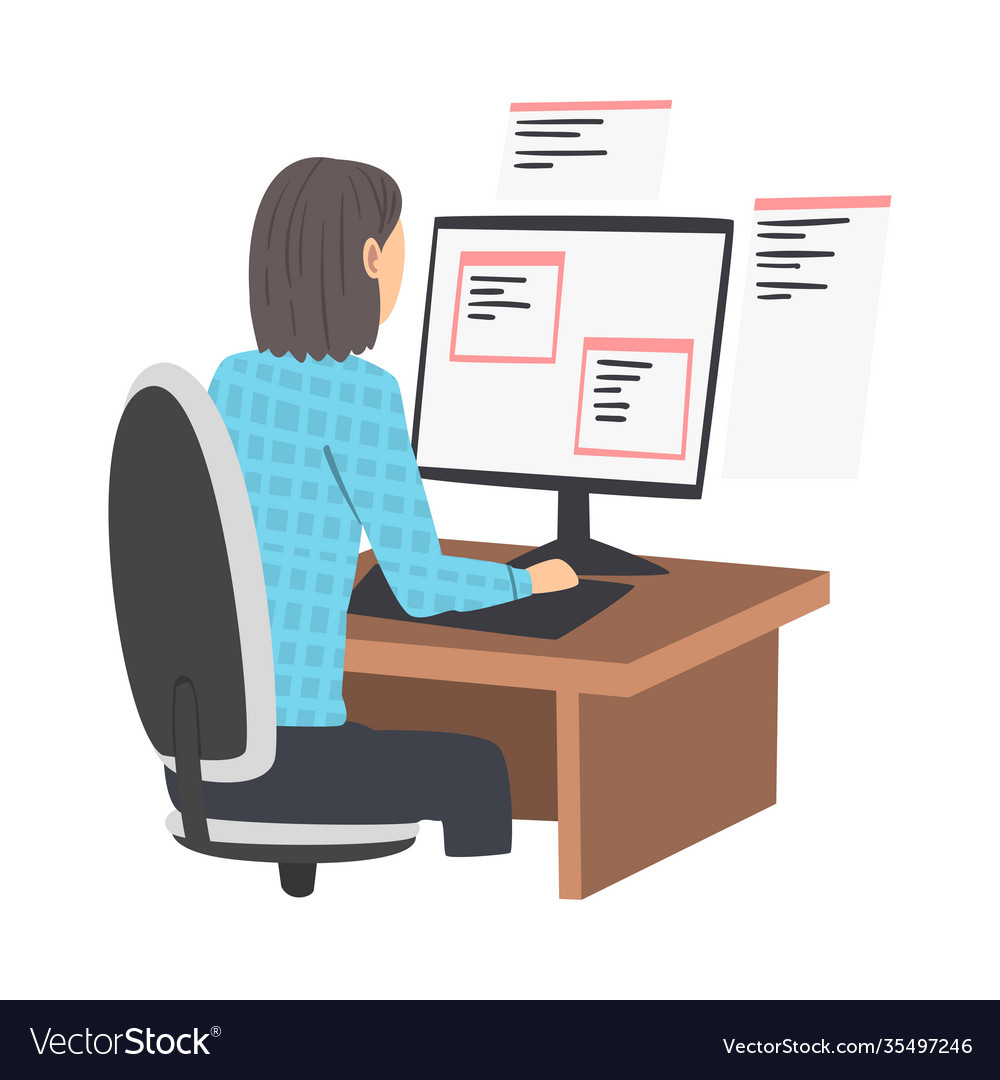Optimize Your Resources with Expert Software Engineering Staffing Solutions
Committed Developers vs. In-House Teams: Which Is Right for You?
The decision between utilizing specialized programmers and keeping an internal team is a substantial one that can affect the trajectory of your projects and overall company strategy. Committed developers give a degree of versatility and customized competence that can be beneficial for certain, short-term initiatives. Conversely, internal groups add to a natural company culture and a nuanced understanding of long-term goals. By examining vital variables such as budget plan, task range, and desired control, you can better identify which approach straightens with your business requirements. The effects of this choice extend past prompt outcomes-- consider the broader effect on your company landscape.
Understanding Dedicated Designers
The growing demand for specialized abilities in the technology sector has led to the development of specialized developers as a practical solution for many companies. These experts are typically acquired on a project basis, allowing firms to take advantage of specific expertise without the lasting commitment connected with full time hires. Devoted programmers are often embedded within a client's group, giving versatility and scalability to fulfill project needs.
This model enables organizations to access an international talent pool, which is especially useful in a rapidly developing technological landscape. Dedicated programmers can be sourced from various geographical places, ensuring that business can find the right capability at competitive prices. They frequently bring a wealth of experience and expertise, having functioned on varied jobs throughout different industries.
In addition, devoted developers can focus specifically on the tasks available, enhancing efficiency and performance. They are geared up to incorporate perfectly into existing operations, collaborating carefully with internal groups to attain task goals. This technique not just decreases the worry of recruitment and training however additionally allows companies to remain dexterous, adjusting promptly to changing market demands and technological improvements.
Benefits of In-House Teams

Moreover, in-house teams have a tendency to have a deeper understanding of the firm's mission, worths, and objectives. This placement can improve worker engagement and motivation, as group participants feel extra linked to their job and the organization's success. In addition, having a devoted in-house group permits for far better positioning of methods and purposes, as these members are regularly concentrated on the company's top priorities.
In-house groups additionally help with quicker decision-making procedures, as they can react more rapidly to adjustments and challenges. The established relationships and experience with company procedures enable structured process and reduced miscommunication. Inevitably, the combination of a cohesive culture, positioning with organizational objectives, and reliable communication makes internal groups a useful possession for numerous organizations, specifically those seeking to grow lasting growth and innovation.
Cost Considerations
When reviewing cost factors to consider, both in-house groups and specialized programmers present distinct financial effects for companies. Engaging committed developers normally involves a pay-per-project or per hour price version, which can be economical for companies with varying task demands. This approach permits flexibility in scaling sources up or down, guaranteeing that business only pay for the solutions they need.
On the other hand, in-house teams involve dealt with expenses, consisting of wages, benefits, and overhead expenses such as office and devices. While this model supplies higher control and immediate accessibility of sources, it might bring about higher long-lasting costs, especially if the workload does not warrant a full time team.
In addition, business should think about the surprise expenses related to employment and training of in-house employees, which can further strain budget plans. In many cases, the moment and resources invested in managing an in-house team can interfere with the company's core business purposes.

Project Monitoring and Flexibility
Project administration and adaptability are crucial elements that affect the option between internal groups and committed programmers. Devoted teams typically have developed processes for taking care of projects properly, leveraging certain methodologies like Agile or Scrum, which facilitate iterative progress and flexibility.

Ultimately, the option in between devoted programmers and in-house groups rests on the desired degree of flexibility and the certain job management requirements. Business look here should examine their functional dynamics, job intricacy, and source accessibility to determine which option aligns finest with their calculated objectives.
Making the Right Option
Choosing the ideal advancement technique-- specialized designers or internal teams-- calls for a cautious assessment of various aspects that align with a firm's strategic objectives. Conversely, internal teams can supply better continuity and assimilation with existing employees.
Following, assess your budget. Devoted developers typically present an affordable solution for temporary projects, while internal teams may incur higher lasting expenditures because of salaries, advantages, and expenses costs. Analyze the level of control and partnership preferred; in-house groups typically cultivate stronger communication and placement with company society.
If prompt results are necessary, specialized developers can be onboarded rapidly, whereas constructing an in-house group takes time for recruitment and training. If continual advancement is crucial, investing in an in-house group may yield much better returns over time.
Final Thought
In final thought, the decision in between in-house groups and devoted developers hinges on task requirements and business purposes. Conversely, in-house teams cultivate a natural society and much deeper placement with long-lasting goals.
The choice in between using devoted programmers and maintaining an internal group is a substantial one that can influence the trajectory of your jobs and overall organization technique.Task management and versatility are critical elements that affect the choice in between specialized developers and internal groups. software development staff augmentation.In comparison, in-house teams might excel in maintaining a consistent task administration structure due to their experience with the company's society and long-term objectives. Devoted developers commonly present an affordable solution for short-term jobs, while internal groups might incur greater long-lasting expenses due to salaries, benefits, and overhead costs.In verdict, the choice in between internal teams and specialized designers pivots on task requirements and business goals